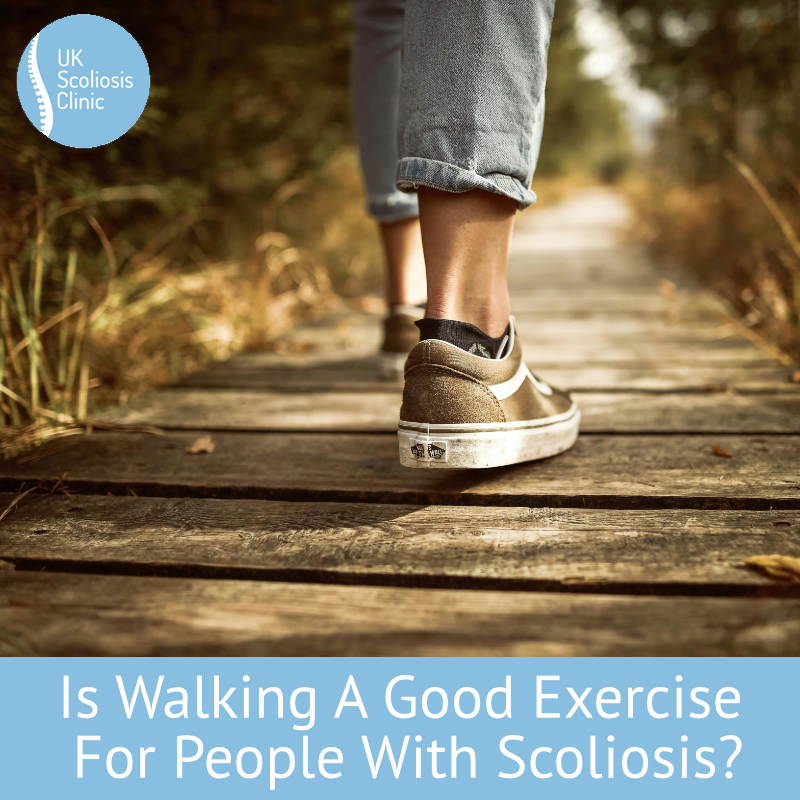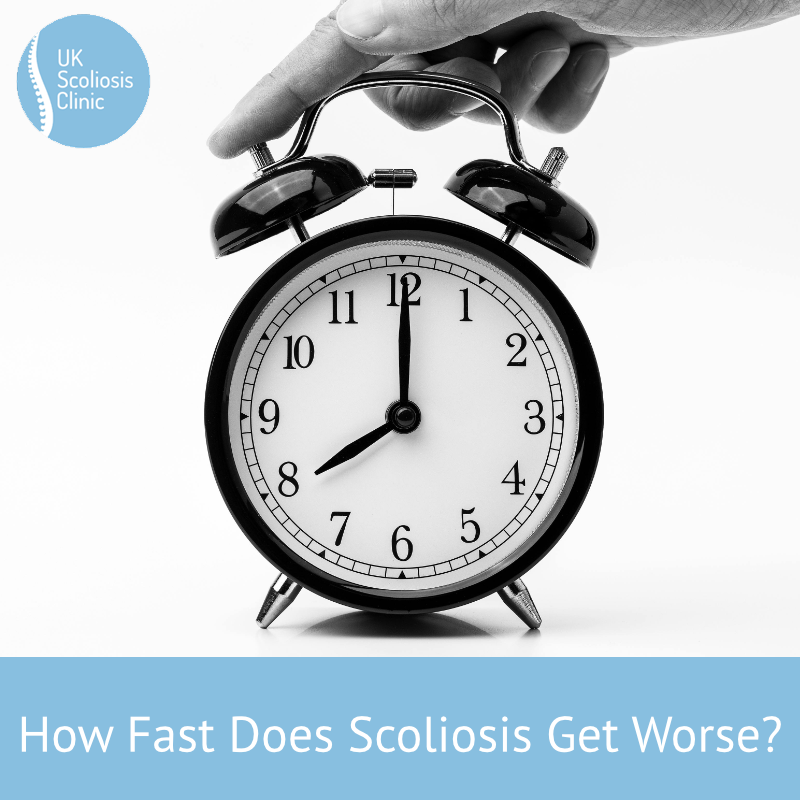
While regular readers of this blog will probably know that Sciatica and Scoliosis are very different issues, it’s not really that surprising that the question is one of the most searched on Google! After all, both conditions can cause back pain, both sound similar and both are somewhat mysterious in terms of their real cause. For those who don’t yet know the difference, this blog is for you – while these two conditions are often associated with back pain, they are quite different in nature and require different treatment approaches.
What is sciatica?
Sciatica is a condition that occurs when the sciatic nerve, which runs from the lower back to the legs, becomes compressed or irritated. This compression can be caused by a large number of conditions – common ones are a herniated disc, spinal stenosis, or other conditions that put pressure on the nerve.
The most common symptom of sciatica is pain that radiates from the lower back down the leg. This pain can range from mild to severe and may be accompanied by other symptoms such as numbness, tingling, or weakness in the leg. Sciatica very often occurs alongside low back pain which can make it tricky to separate the two.
Treatment for sciatica usually involves a combination of pain relief medication, physical therapy, and exercise. Manual therapies such as Chiropractic also have an excellent track record in reducing sciatica and preventing it from coming back by addressing underlying issues, such as poor posture.
What is scoliosis?
Scoliosis is a condition that causes the spine to curve to the side. It can be caused by a number of factors, including genetic factors, muscle weakness, and uneven leg length. In some cases, the cause of scoliosis is unknown.
The most common symptom of scoliosis is an abnormal curvature of the spine, which can be visible when standing or bending over. Other symptoms may include back pain, muscle stiffness, and fatigue. In severe cases, scoliosis can also affect lung function and mobility.
Treatment for scoliosis depends on the severity of the condition. Mild cases may not require any treatment, while more severe cases may require bracing or surgery to correct the curvature of the spine.
Differences between Sciatica and Scoliosis
While both sciatica and scoliosis can cause back pain, there are several key differences between these two conditions.
Causes: Sciatica is caused by compression or irritation of the sciatic nerve, while scoliosis is caused by an abnormal curvature of the spine. Scoliosis is also actually a condition of the spine, whereas the term “Sciatica” really describes the irritation of the Sciatic nerve – this may often be due to another condition affecting the spine, but there is a slight difference.
Symptoms: The most common symptom of sciatica is pain that radiates from the lower back down the leg, while the most common symptom of scoliosis is an abnormal curvature of the spine. Scoliosis can cause back pain, but upper and mid back pain is more common than low back pain.
Treatment: Treatment for sciatica usually involves pain relief medication in the short term, manual therapies in the medium term and work to improve posture in the long term, while treatment for scoliosis depends on the severity of the condition and may include bracing or surgery. Treating Sciatica is notoriously tricky – some cases resolve in weeks, and many can go on for months. In Scoliosis, however, treatment continues over a very long period – often 10+ years.
Prognosis: The prognosis for sciatica is generally good, and most people recover within a few weeks or months. The main issue with Sciatica is that without making changes to the issues which caused the flare-up, it’s quite likely to come back. The prognosis for scoliosis depends on the severity of the condition and will require treatment until a young person has reached skeletal maturity.
Prevention: Going through an entire life without experiencing sciatica is possible, but in today’s world probably not likely. Nonetheless, there are common sense steps one can take to minimise issues with Sciatica. Scoliosis is (almost certainly) a genetic condition and not something a person can avoid through their own actions.
Scoliosis and Sciatica
Sciatica and scoliosis are two distinct conditions that can both cause back pain. While sciatica is caused by compression or irritation of the sciatic nerve, scoliosis is caused by an abnormal curvature of the spine. The good news is that today there are multiple options for treating both conditions!












